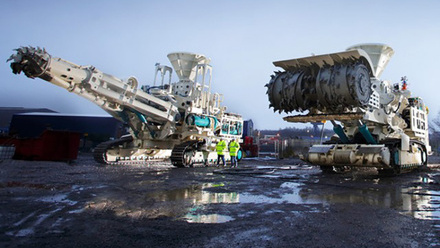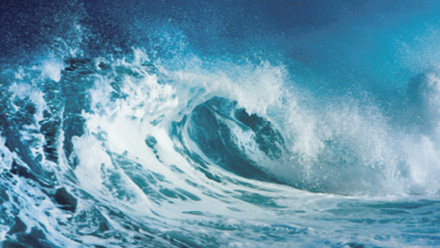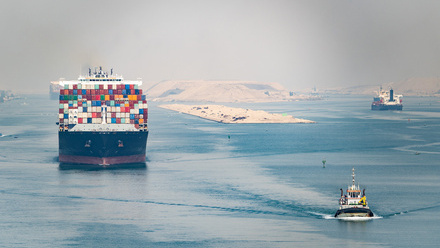Location: 2H Offshore Inc., 15990 N Barkers Landing Rd, Houston, TX 77079
About the event:
This presentation explores the critical role of geotechnical engineering in reducing the cost of offshore wind turbine (OWT) foundations. With the U.S. offshore wind market rapidly expanding toward a goal of 30 GW by 2030 and 110 GW by 2050, the need for efficient and cost-effective foundation design is paramount. The presentation outlines the geotechnical challenges posed by complex seabed conditions, including soft soils, boulder fields, and variable sediment types such as glauconitic and micaceous sands.
Advanced site characterization and laboratory testing—such as cyclic direct simple shear (DSS), resonant column, and triaxial tests—enable the development of soil models that accurately reflect cyclic and dynamic behavior. These models inform the design of monopile foundations, optimizing parameters like diameter, wall thickness, and embedment depth.
By refining soil stiffness curves for various design limit states (FLS, NFA, SLS, ULS), engineers can reduce conservatism in design, leading to significant cost savings. For example, a 1 mm reduction in wall thickness and a 1 m reduction in embedment length can yield up to $18 million in fabrication savings for a wind farm with 180 monopiles. Additional efficiencies are gained through reduced installation vessel requirements and improved construction logistics.
The presentation concludes by emphasizing the value of accurate geotechnical modeling in achieving design, fabrication, and installation efficiencies—ultimately contributing to the economic viability of offshore wind energy.







